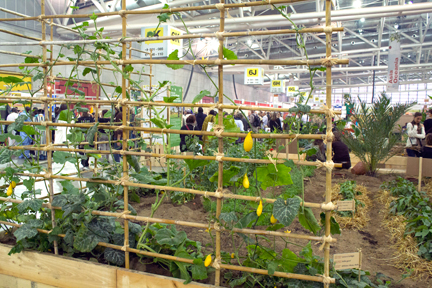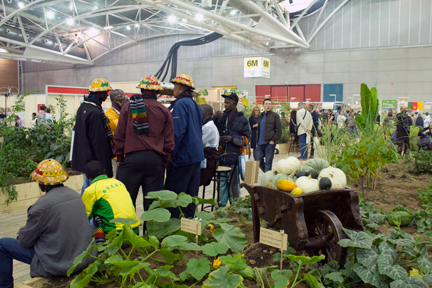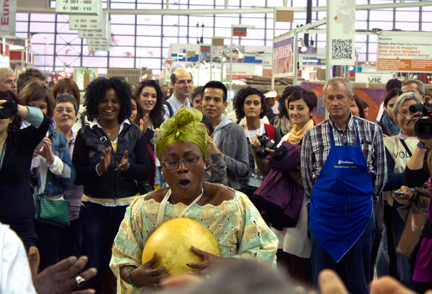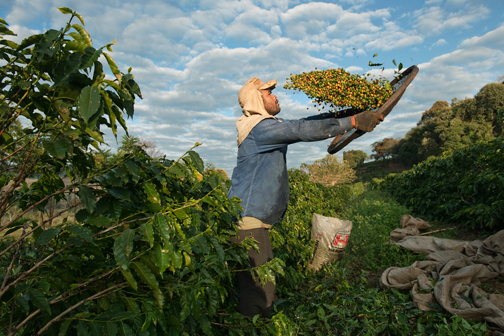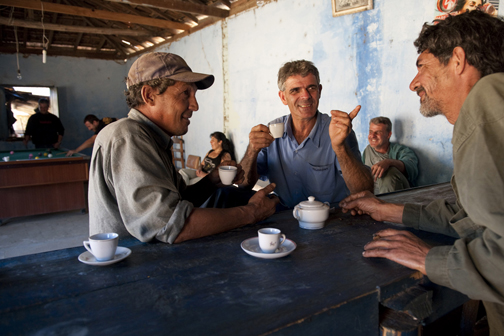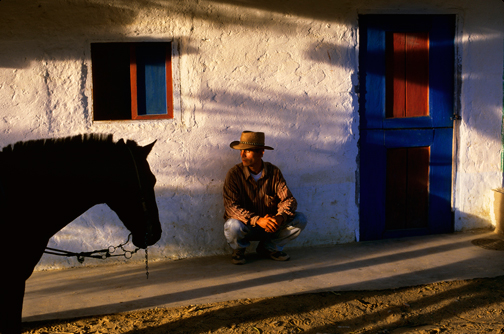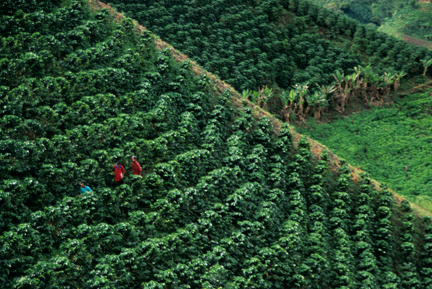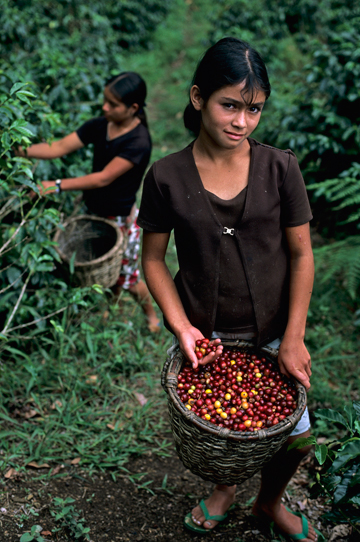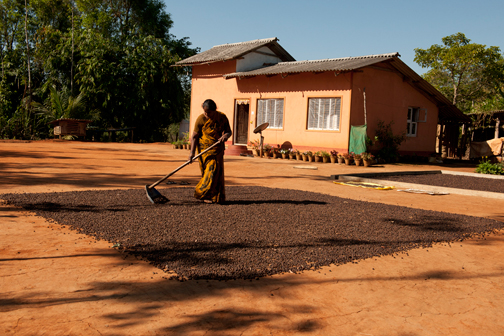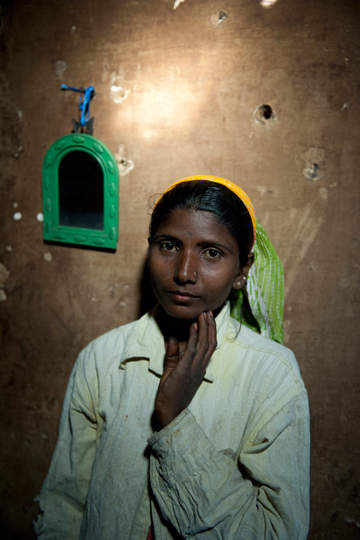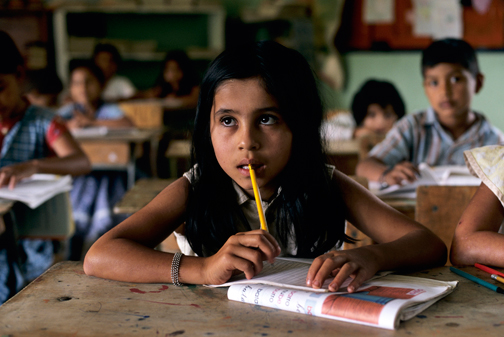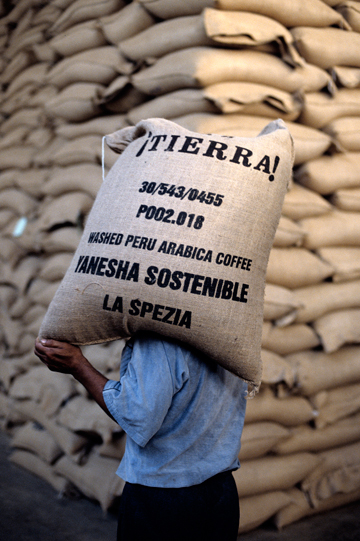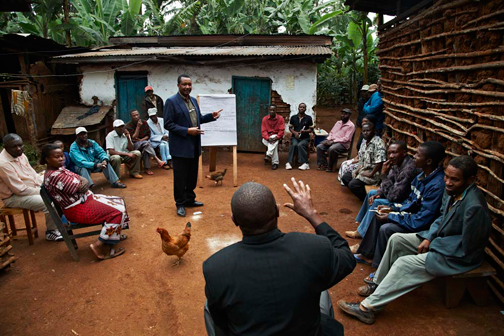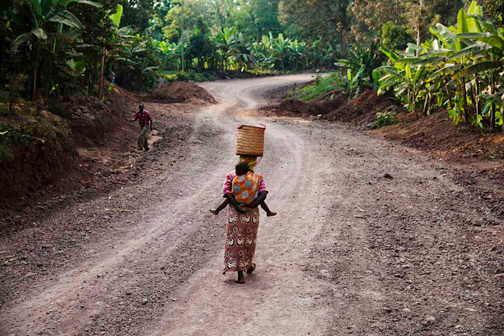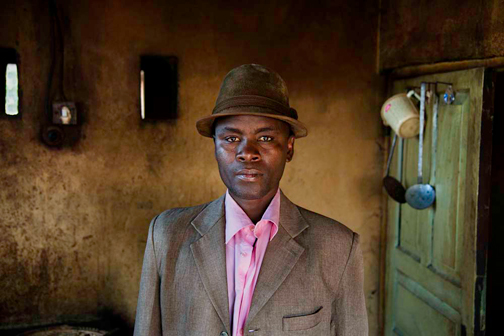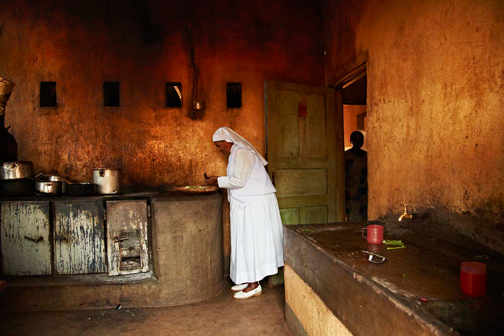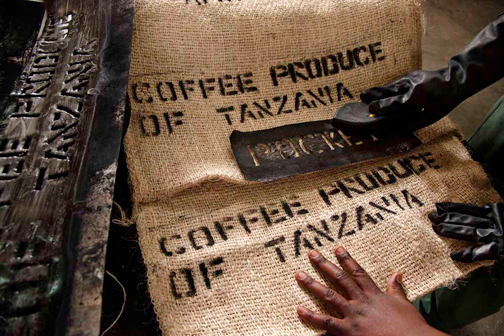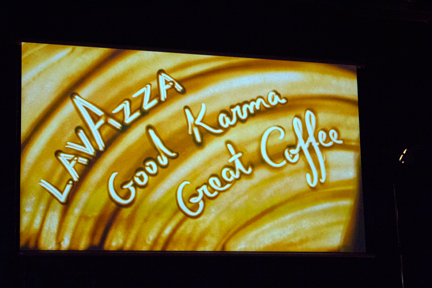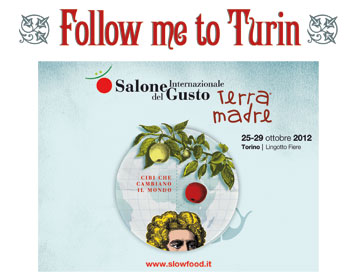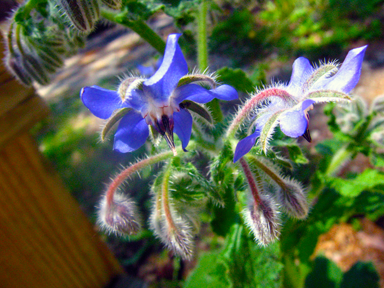Being the open minded person that I am, I do understand that not everyone wants to play in the dirt and collect cucumber and potato beetles off their plants everyday. But to those of who garden, well we all know how awesome it is.
There are many ways for people to get involved in saving heirloom varieties. I choose to garden, and focus my creative energy in growing the content that inspires me to create. Now that is truly awesome. I'm learning so much by doing the artistic study the plants I grow. So gardening is my choice. There are many other choices for those who want to do something but don't garden, I hope that sharing some of the stories that people are creating in their lives while saving heirlooms, will inspire you to add your voice to an ongoing story in your community.
Consider it a walk on role to start.
I love apples. Just as I love tomatoes and melons, apples to me feel intuitively exciting. I also love Sonoma County, CA. And, Sonoma County loves the Gravenstein Apple. The story of the saving the Gravenstein is a natural fit for the storyteller that I am.
From Slow Food Russian River's website:
In the 1970’s Sonoma County was the Gravenstein capital of the world: today there are fewer than 10 Sonoma farmers who still make a living selling apples.
The international Slow Food movement is committed to preserving biodiversity and regionally important foods. Working with farmers, processors, and local community leaders, Farmers Markets and chefs, and in collaboration with the California non profit Community Alliance with Family Farmers (CAFF), the Russian River Slow Food chapter is helping to develop high-value marketing channels for the Gravenstein, and to increase awareness in the bay area and beyond of the value of buying and eating this local apple. We are actively working to safeguard the future of the apple and the livelihood on those who grow it.
Slow Food is a great organization. Their members are passionate, they are international, and they are local. I attribute what I'm doing now to the US Slow Food Ark of Taste. Check out local chapters, or start your own, if there's not one in your area. It's a great way to get involved if you don't want to, or can't garden.
A domestic progarm of Slow Food USA is the US Presidia. From the US Presida program page:
If unique, traditional and endangered food products can have an economic impact, they can be saved from extinction. This is the simple reasoning behind the Presidia; small projects to assist groups of artisan producers.
And from the US Presida's website here's a nice history of the Gravenstein, along with a list of growers. From the link:
The Gravenstein was introduced to South Jutland, Denmark, in 1669, which is where it gained its name. German migrants brought the apple to North America in 1790 and Russian fur traders planted the first West Coast Gravenstein orchards at their outpost in Fort Ross in 1820, where the trees survived despite inhospitable conditions such as intense winds and salt air. It is likely that cuttings from theses trees were used to start the orchards in Sebastopol.
Using Sebastopol as segway to another level of commitment to the Gravenstein,The Rotary Club of Sebastpool, CA has a weekly bulentin called The Appleknocker. Here is a pdf of The Bullentin from August, 28, 2009, Program: Saving the Gravenstein Apple. Scroll through the pdf to the third page. From the bullentin:
Tom Lambert introduced our speaker, Paula Shatkin from Slow Food Russian River. Tom informed us that of the 5,500 acres of Gravenstein apple orchards that existed in SonomaCounty in 1958, only 875 remain today, an 84% drop in 50 years.
That's quite dramatic. It's a nice read, especially about the 1,500 Gravenstein apple pies that are made every year in the same room where the meeting was taking place. It complements the history I linked to above. Sonoma County takes the heritage of Gravenstein apples seriously.
And there's the Gravenstein Apple Fair.
But what I want to leave you with are the words of someone who lives take great pride in living in Sonoma County. She's a dear friend, whose insight I admire a lot. Laura says:
Gravenstein apples are one of the best parts of fall in Sonoma County, Jeff. They are a greenish apple, often with a big blush of red, and have the a tangy perfume that colors the air, already sharpened by the coolish, early nights. There's something wistful about the Gravenstein, in both flavor and aroma. You know you're about to enter the dark days of the year, and the apple is one of the last things before the threshold. Their season is very short. When organic Gravs show up at the farmer's markets (and/or my friends who have trees tell me to show up with a box), I'm there in a heart-beat, gathering as much as I can.
They are a delicious snack apple, and make great crisps and pies. Once upon a time I used to put up apple sauce too, but honestly, I'm happiest eating them for lunch and breakfast with a bit of cheese.
Why would anyone want to lose such a delightful aspect of their local community?

